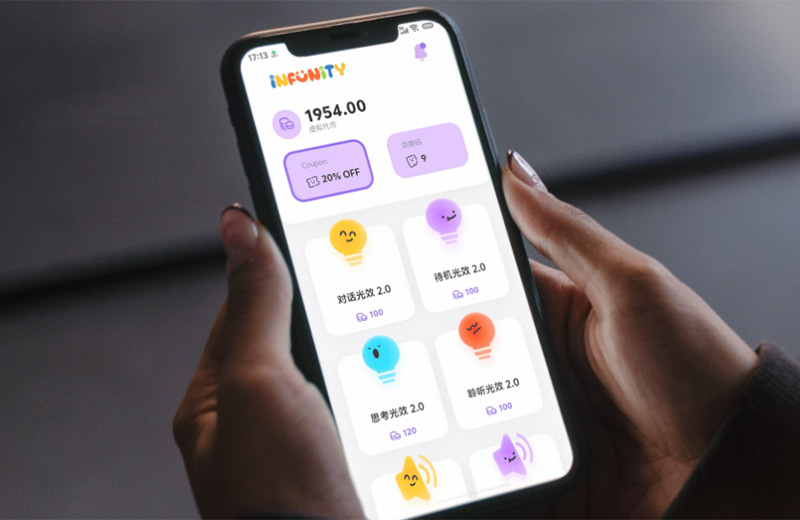According to a recent market study by the Global Education Technology Research Center, more than 68% of parents with children aged 3 to 10 are “highly concerned” about their child’s cognitive and emotional development outside of school. Among these families, nearly 55% say they have purchased at least one “educational AI toy” in the past year — a figure that has grown by over 30% compared with 2023.
The trend reflects a broader shift in how families view playtime. For many parents, traditional toys are no longer enough. “We’re not just buying toys — we’re buying experiences that teach,” said one Shenzhen mother of a seven-year-old boy who spends afternoons talking to his AI companion about dinosaurs and planets.
Why AI Toys Appeal to Modern Parents
Experts suggest the rise of AI toys comes from a growing tension between screen-based learning and the desire for tactile play. Parents want the benefits of technology — personalization, adaptability, engagement — without the drawbacks of passive screen time. AI toys offer a bridge.
Companies like INFUNITY, have taken note. Their flagship product, the PULSE V-1, blends physical play with an intelligent learning assistant. Equipped with a camera and voice-interactive system, it can scan objects and explain what they are, tell related stories, or even switch to a foreign-language learning mode. For children aged 3 to 8, that kind of interactivity turns curiosity into an active learning process.
Data-Driven Growth and Parental Motivation
Industry analysts estimate that the global market for educational AI toys will exceed $12 billion by 2027, driven largely by East Asian and North American demand. In China alone, more than 120 million school-age children are potential consumers. Surveys indicate that over 70% of urban parents believe smart toys can “effectively assist in early education,” particularly in language, science, and social skills.

The COVID-era boom in home learning has also left a lasting imprint. As children became accustomed to interactive digital experiences, AI-powered toys filled a gap — offering educational engagement without relying solely on tablets or laptops.
From Novelty to Necessity
What was once seen as a tech novelty is rapidly becoming a household staple. Smart toys now feature adaptive algorithms that adjust difficulty levels, recognize emotional cues, and deliver customized feedback.
Companies like INFUNITY position themselves at the forefront of this transition — emphasizing not just intelligence, but emotional connection. Their mission, as stated in company materials, is “to build a bridge between fun and learning,” ensuring every child grows through curiosity and joy.
The Future of Play
If current trends continue, tomorrow’s “AI toy” may look less like a gadget and more like a personalized learning companion — one that remembers, responds, and evolves alongside the child.
For now, the numbers tell the story: parents are investing not only in AI toys, but in the idea that play can shape the future of learning.




 Recommended for You
Recommended for You
















